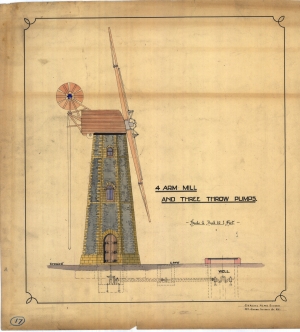Architects’ drawings
As long as there have been buildings there have been architectural designs. Architecture throughout history has been used to create certain impressions and to evoke certain emotional responses. Just imagine yourself walking into a grand Gothic Cathedral, they have been deliberately designed to create an overwhelming sense of awe and to create an atmosphere of reverence.
Like other artistic movements within architecture, there have been a variety of changes in methodology as well as schools of designs focusing on certain aspects of attitudes to what architecture should do. Below is a rough timeline of some of the major developments within architectural design.
- 3,050 BC–900 BC Ancient Egyptian
- 850 BC–476 AD Classical
- 800AD-1200 AD Romanesque
- 1100-1450 Gothic
- 1400-1600 Renaissance
- 1600-1830 Baroque
- 1650-1709 Rococo
- 1730-1925 Neoclassicism
- 1890-1914 Art Noueveau
- 1895-1925 Beaux Arts
- 1905-1930 Neo-Gothic
- 1925-1937 Art Deco
- 1900-the present Modernist
- 1972-the present Postmodern
One style that was particularly popular in the developing Roller Mills of the Victorian period was the Queen Anne Revival Style. The easiest way to identify this style is in its use of red bricks and white painted sash windows, the use of curled pedimented gables as well as its liberal use of shingles. Indeed it is interesting to note how the introduction of rollers completely changed the architectural design of mills. For mills it signified the transition to an industrial driven industry. One which needed different processes and designs compared to that of traditional wind and water-powered mills.
Mills fall into an interesting position within architectural design. They are both a piece of working machinery, as well as a building. This gives them an interesting relationship with these schools as well as wider cultural movements such as the Arts and Crafts Movement. Furthermore mills themselves have varied dramatically from each other throughout their history based on their purpose. For instance a traditional windmill looks completely different to a Victorian Roller Mill; as such, they operate on a different architectural level compared to say Church design or the developments in Royal Residences.

